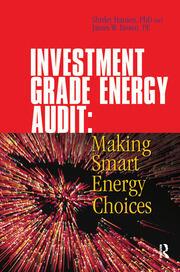8. A steep slope of the cost line on a scatter graph represents A. A strong relationship between X and Y, where prices can be set. B. fixed cost per unit. C. total fixed cost D. total variable cost. 9. Total contribution margin is defined as A. contribution margin per unit times units sold. B. cost to produce times units sold. C. selling price times units sold. D. total variable costs less fixed costs. 10. The unit contribution margin A. equals total sales revenue minus total variable costs. B. tells us how much each additional unit sold will increase profit. C. equals total contribution margin times total units. D. equals overall profit per unit. 11. The contribution margin ratio is A. the contribution margin stated as a percentage of total costs. B. the contribution margin stated as a percentage of sales. C. the contribution margin stated as a percentage of profit. D. the contribution margin stated as a percentage of variable costs. 12. The formula for break-even point in terms of units is A. Total costs/Unit contribution margin B. Total fixed costs/Unit contribution margin C. Total fixed costs/Contribution margin ratio D. Total variable costs/Total fixed costs ASUS 13. Degree of operating leverage is used to A. calculate profit change given sales change. B. calculate sales change given profit change. C. calculate break-even sales given sales change. D. calculate break-even sales given profit change. 14. A relevant cost is A. the foregone benefit of choosing to do one thing instead of another. B. a cost that has already been incurred. C. a variable cost that is the same regardless of the alternative the manager chooses. D. cost that differs across decision alternatives. 15. The foregone benefit of choosing one alternative over another is measured by: A. opportunity costs. B. activity-based costs. C. differential costs. D. capital costs 16. Which of the following is not another term for relevant costs? A. Differential costs B. Opportunity costs C. Incremental costs D. Avoidable costs 17. A make-or-buy decision is the same as: A. an outsourcing decision. B. an opportunity cost. C. a keep-or-drop decision. D. a sunk cost. 18. Which of the following is irrelevant to the decision to eliminate an unprofitable segment? A. The segment margin B. Direct fixed costs C. Common fixed costs D. Segment revenue 19. Which of the following is not relevant to a sell-or-process further decision? A. The cost of processing the product "as is.' B. The cost of processing the product further. C. The opportunity cost of spending resources processing the product further. D. The incremental revenue from processing the product further. 20. Which of the following statements is false? A. Sunk costs are never relevant. B. Sunk costs are costs that occurred in the past. C. To be relevant, a cost must be an opportunity cost. D. To be relevant, a cost must occur in the future









